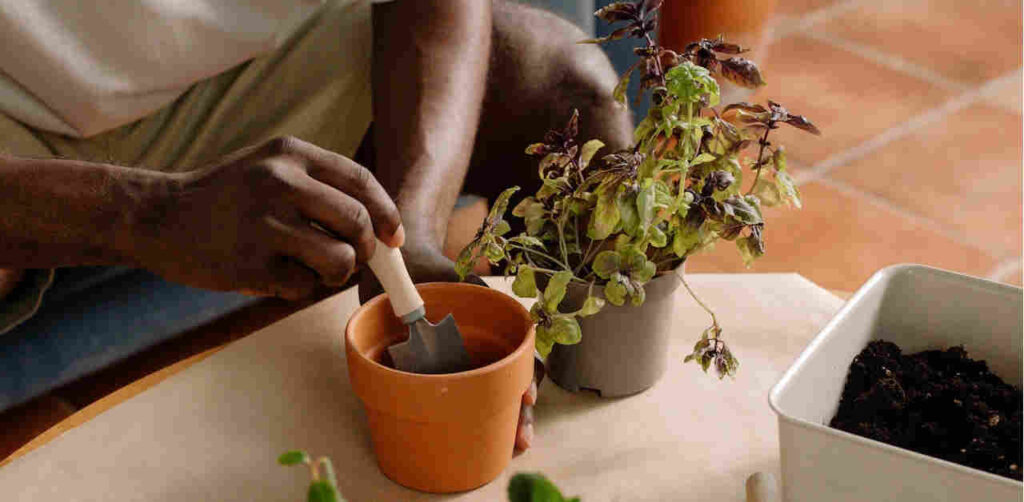Inexpensive implements make it easier to tend plants
Published by: AARP
Karen Beauchemin calls gardening her therapy. Over the years, she’s spent a lot of time in her West Yarmouth, Massachusetts, garden tending to her vegetables and flowers from her perch on “my little bench.”
Gardening should be fun, not backbreaking. So, like Beauchemin, invest in the tools that make it an easier and safer activity as you age. Those tools are often simple and inexpensive — or things you can adapt yourself.
1. Lightweight hose
These come in different styles, including coiled plastic, metal, and various fibers, and are much easier to drag around the yard. Some retract, others wind on a hose reel. To make them last, drain them after use. Price: $35 and up for 100 feet.
2. Hori Hori
This Japanese all-purpose blade is about 7 inches long, 2 inches wide, and concave. Linda Scharf, 64, of Onset, Massachusetts, says she uses hers for digging, weeding, measuring depth, and cutting weeds. “The weight is really good, and I really have not bought any other tool.” Price: $25 and up.
3. Adjustable, telescopic rake
These lightweight rakes adjust for handle length and the width of the raking tines, so they are wide enough for a yard or narrow enough for flower beds. Price: $20 and up.
4. Kneeling bench or kneepads
Turner’s husband wears hockey pads. Kelly-Begazo prefers one of the padded seats that flip to become a kneeler with side handles that support you as you stand. Price: $40 and up for a kneeler.
5. Two-wheeled wheelbarrow
Traditional single-wheeled wheelbarrows can tip when they get heavy, twisting your back, says Turner, who prefers a child’s wagon. Look for carts or wheelbarrows with two wheels. Price: $70 and up, depending on size.
6. Elevated garden beds
Installing a bed raised off the ground will prevent you from having to bend over or kneel on the ground to do your planting, weeding, and harvesting. An elevated bed allows you to sit on a stool or a chair to work on your garden. Build the bed to your own desired height, but be sure to consider the root depth of the kind of flowers or vegetables you’ll likely plant, and use cross supports for anything taller than 18 inches. You can buy raised garden planters or make your own.
7. The right clothes
What you wear can make gardening easier and safer. Start from the top with a wide-brimmed hat to protect your face from the sun. Next, consider sunglasses or safety goggles to protect your eyes from dirt and stalks. If you live in an area with ticks, wear clothing treated with .5 percent permethrin, and tuck your pants into your socks. Wear long sleeves or invest in a pair of “farmers sleeves” — stockings for your arms that cost about $25 a pair and come in fun colors and patterns. Don’t forget gloves to protect your hands from dirt, bites, and chemicals. For weeding, try kitchen cleaning gloves, which are flexible but have a grip delicate enough for the smallest intruder.
